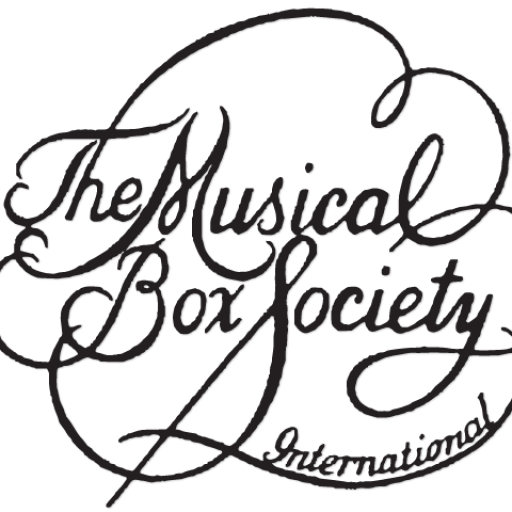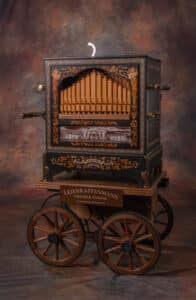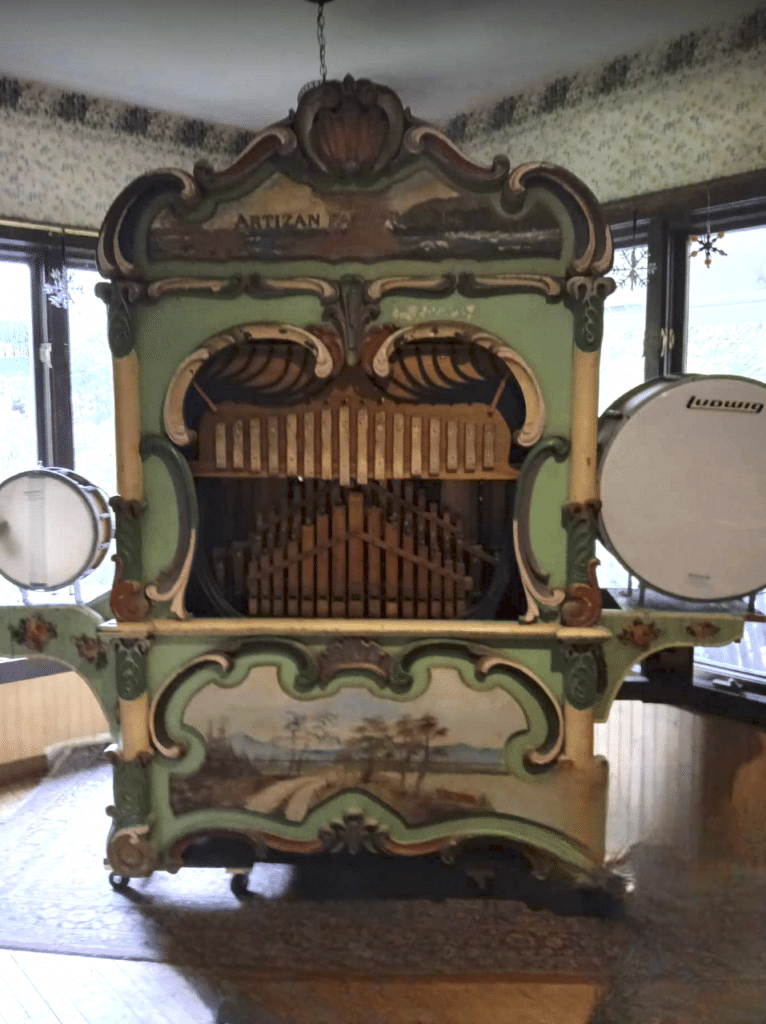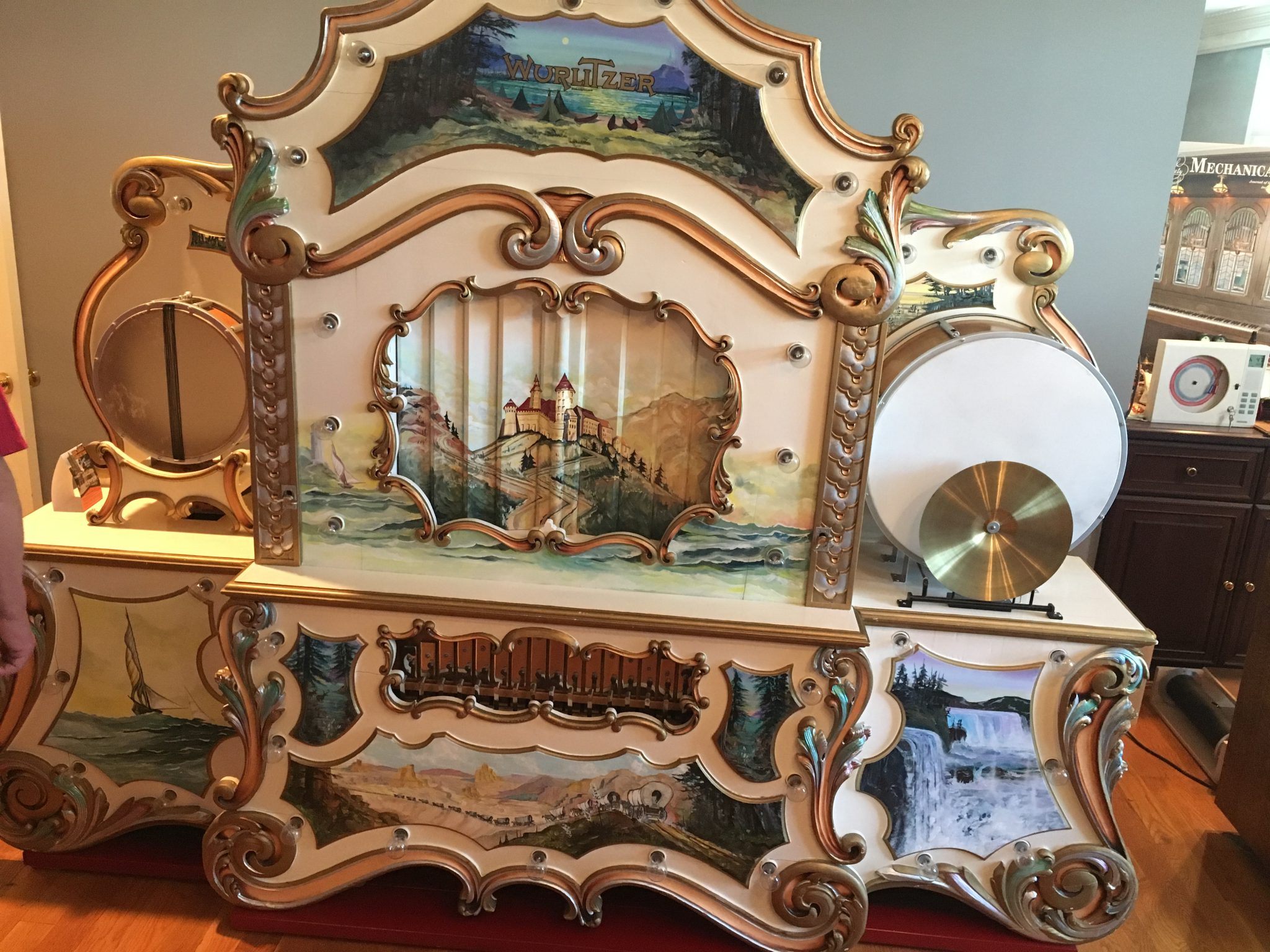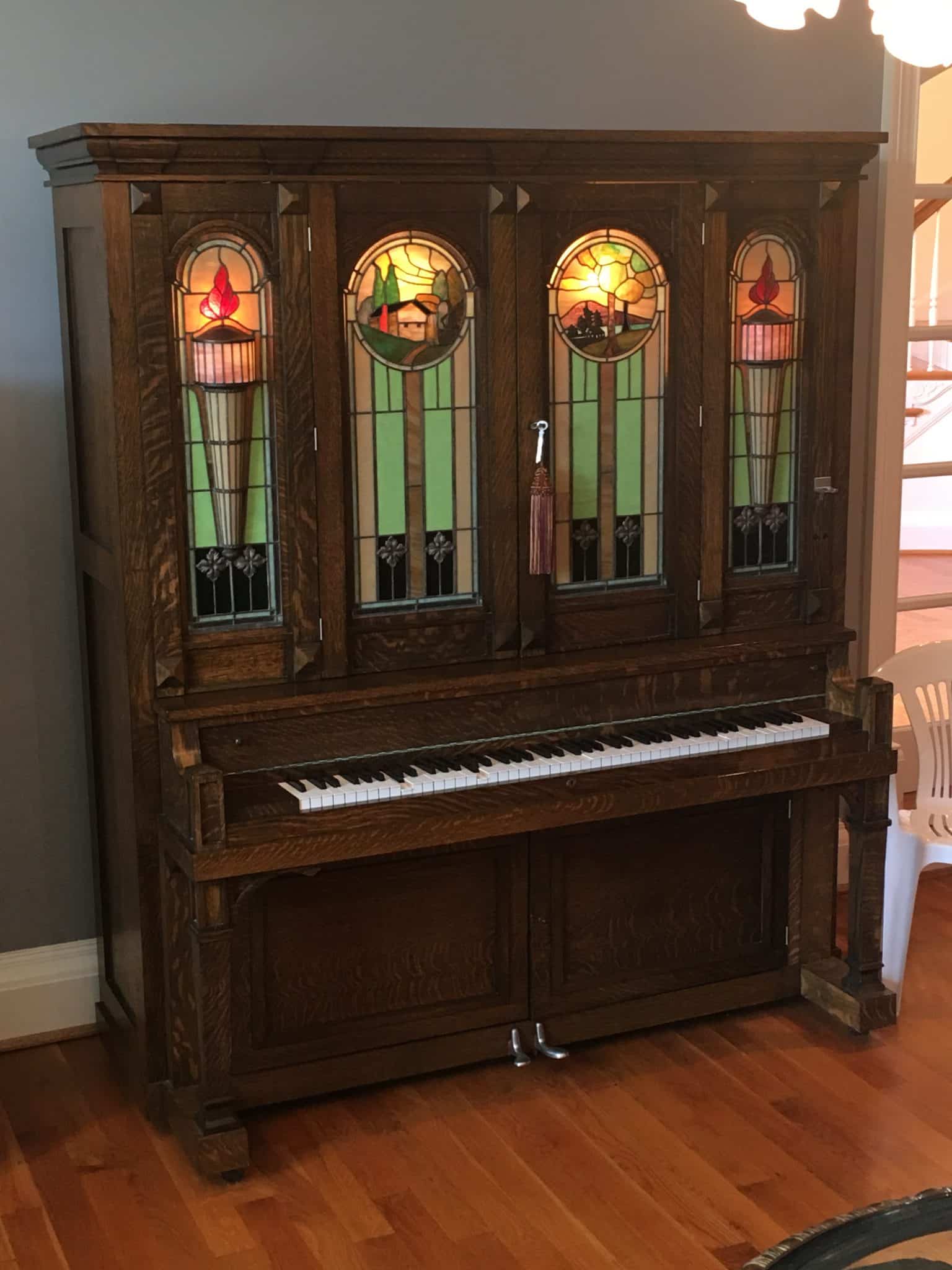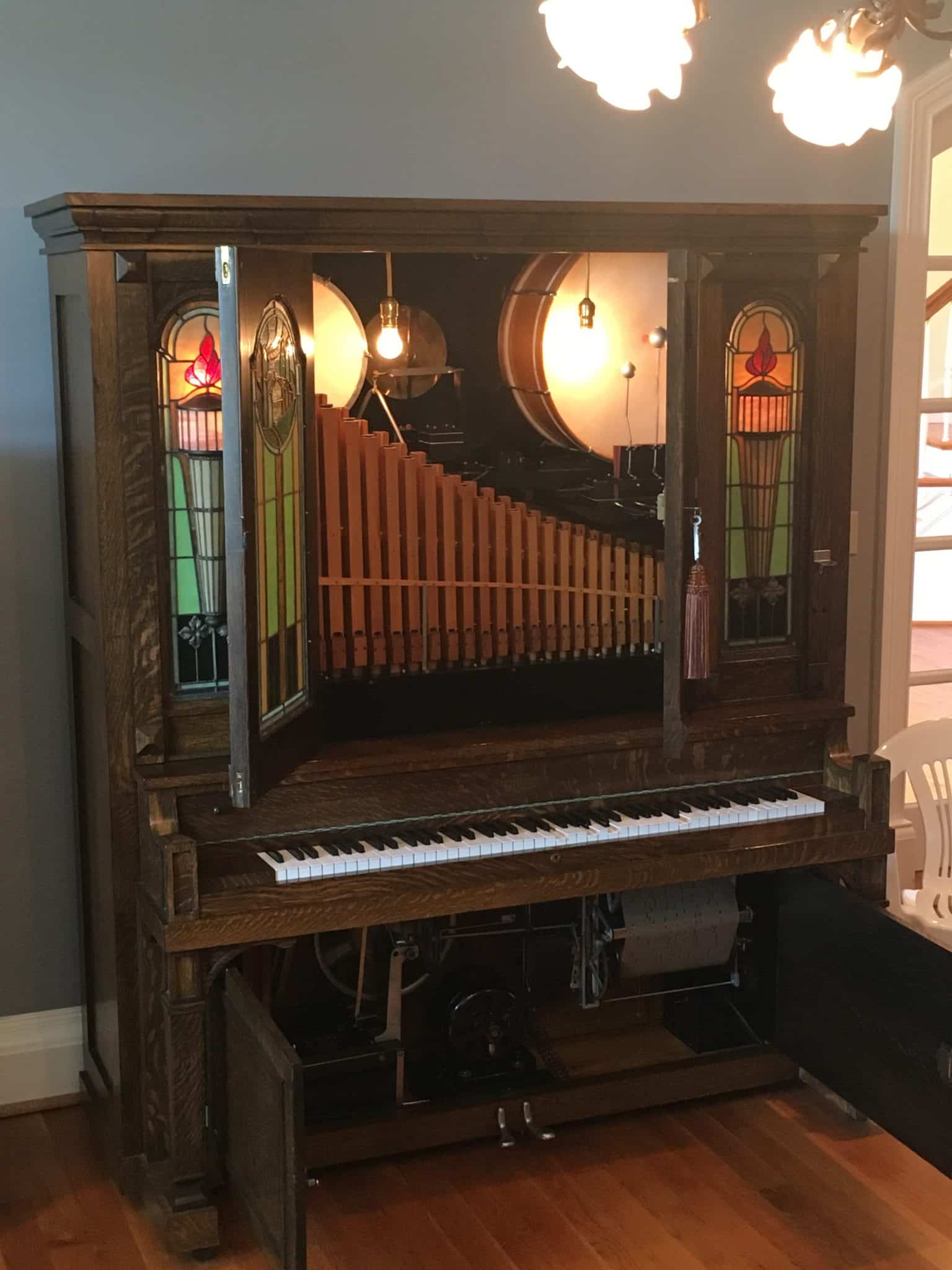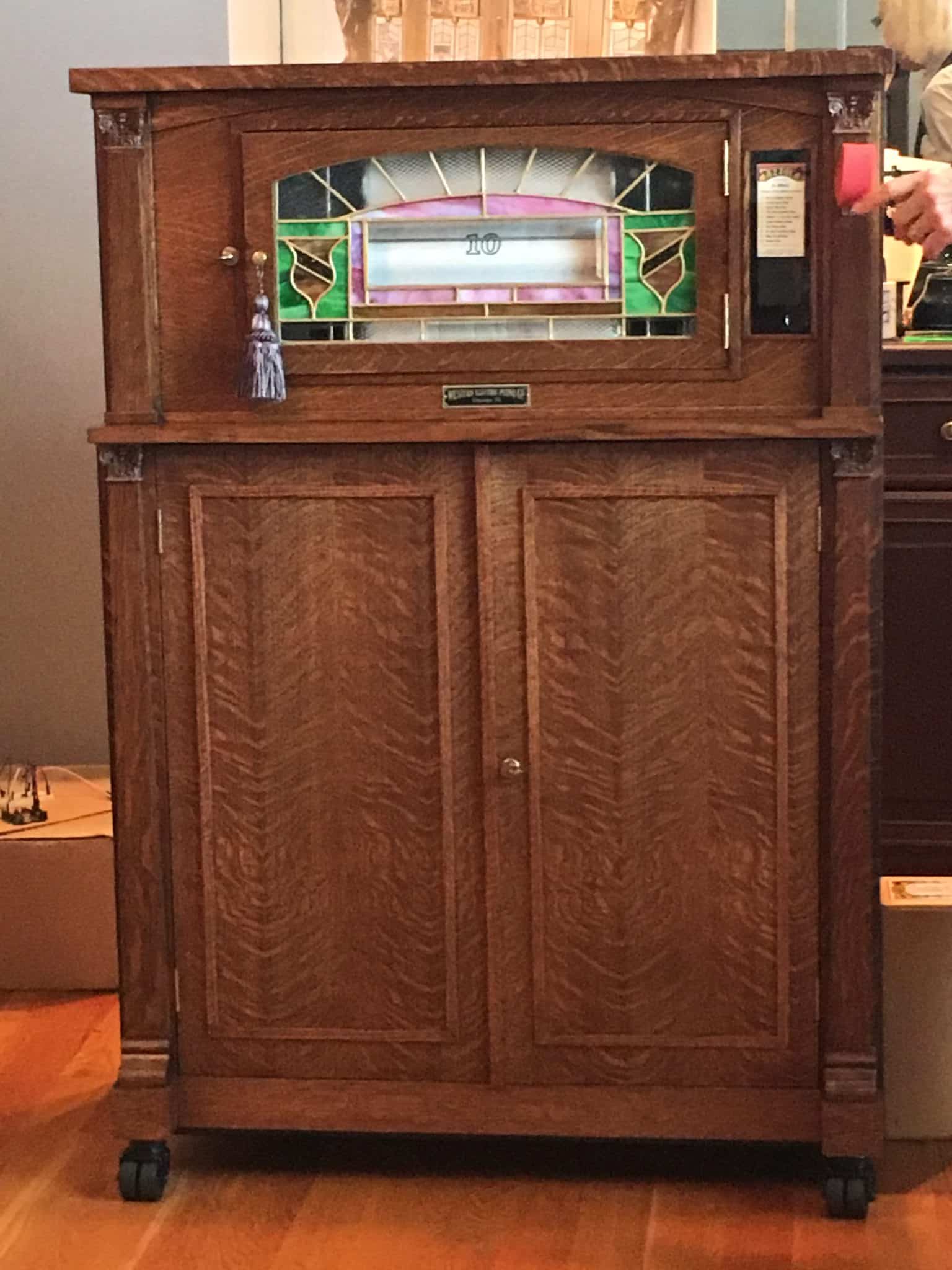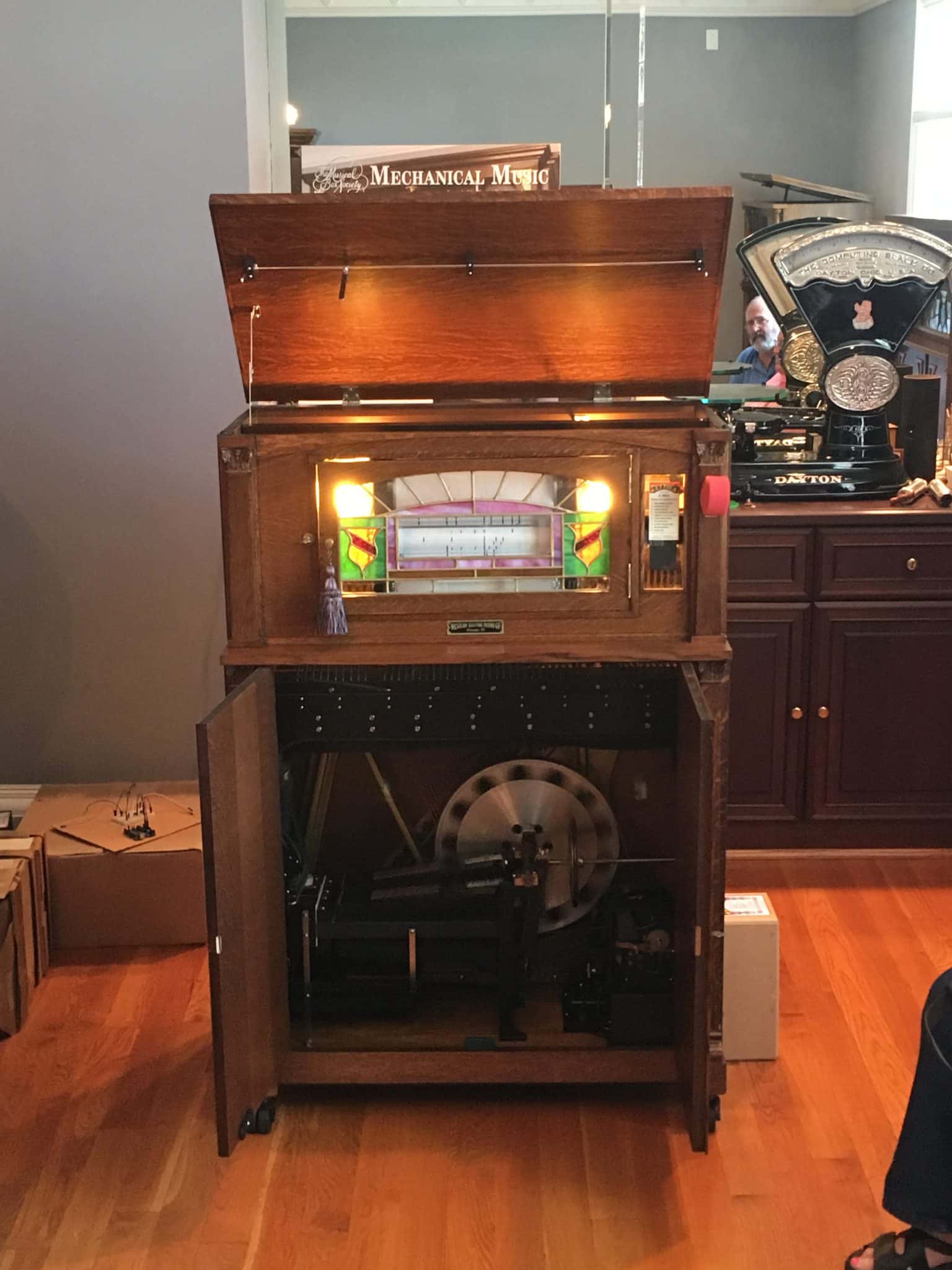The Raffin 31/119 Concert Trumpet Organ
courtesy Gordie Davidson (aka Grinder Gordie)
Artizan C-1
Wurlitzer 153 Band Organ
With is small size and beautiful facade, the 153 is the most popular band organ for carousals. It has a duplex roll system, so it can play continuously through roll changes.
Seeburg Style G
This an early style G circa 1915. It’s a favorite among collectors. It has 64 pipes and a piano with mandolin attachment as well as many percussion instruments (bass & snare drums, tympani, cymbal, triangle).
Western Electric “Mascot” PIano
The Western Electric “Mascot” is the smallest of their nickelodeon offerings. It plays a 58-note “A” roll.
